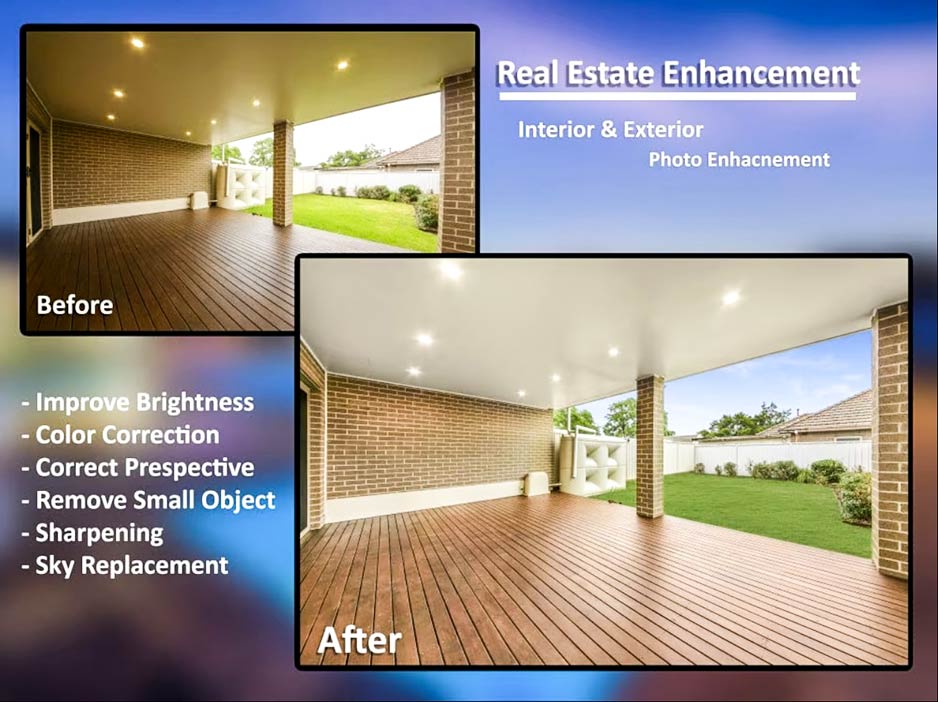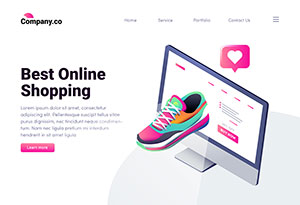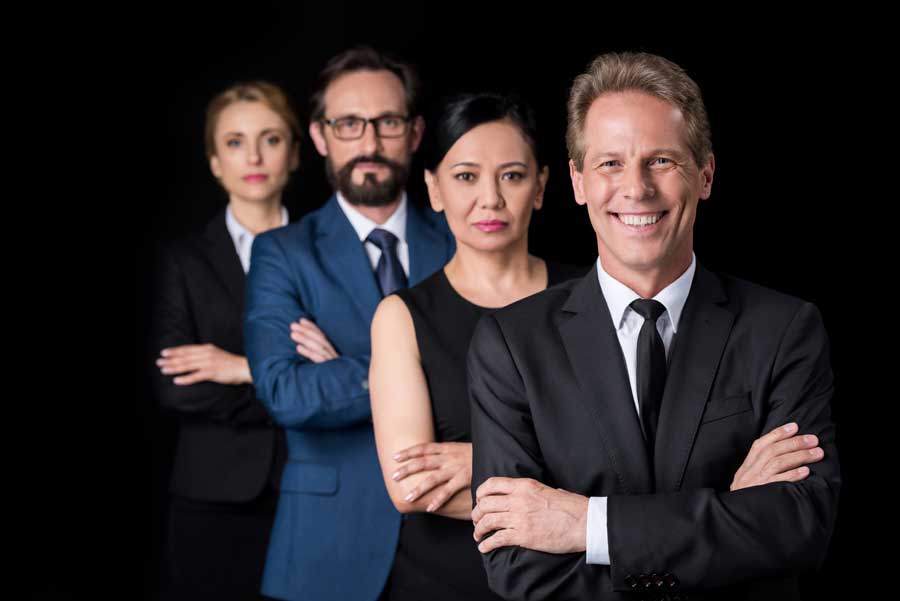
I. Introduction
In today’s digitally-driven professional landscape, the headshot, enhanced by a Professional Headshot Editor, serves as your virtual handshake, the first impression you offer to potential employers, clients, or collaborators. It’s the visual representation of your personal brand, conveying professionalism, approachability, and competence in a single image.

A. What is a Headshot? (Definition and Importance)
A headshot is a carefully crafted photograph focusing primarily on a person’s face, often extending to the shoulders, capturing their likeness with clarity and authenticity. Its importance lies in its ability to convey your personality, professionalism, and suitability for various opportunities. Whether you’re networking on LinkedIn, seeking acting roles, or applying for a corporate position, a polished headshot can significantly impact your career trajectory. A professional headshot editor can transform a photograph into a carefully crafted headshot.
Why we need a Professional Headshot Editor?
The Professional Headshot Editor, a maestro of pixels who elevates your first impression to new heights. Why, you ask? Because in the tapestry of online interactions, your headshot is not just an image; it’s your heraldic shield, your digital handshake. A Professional Headshot Editor meticulously crafts this visual handshake, ensuring it resonates with authenticity and professionalism. They wield their tools with finesse, removing blemishes not to deceive, but to align your image with the essence of your professional ethos. In the realm of first impressions, where opportunities are fleeting, the expertise of a Professional Headshot Editor is not just valuable—it’s indispensable.
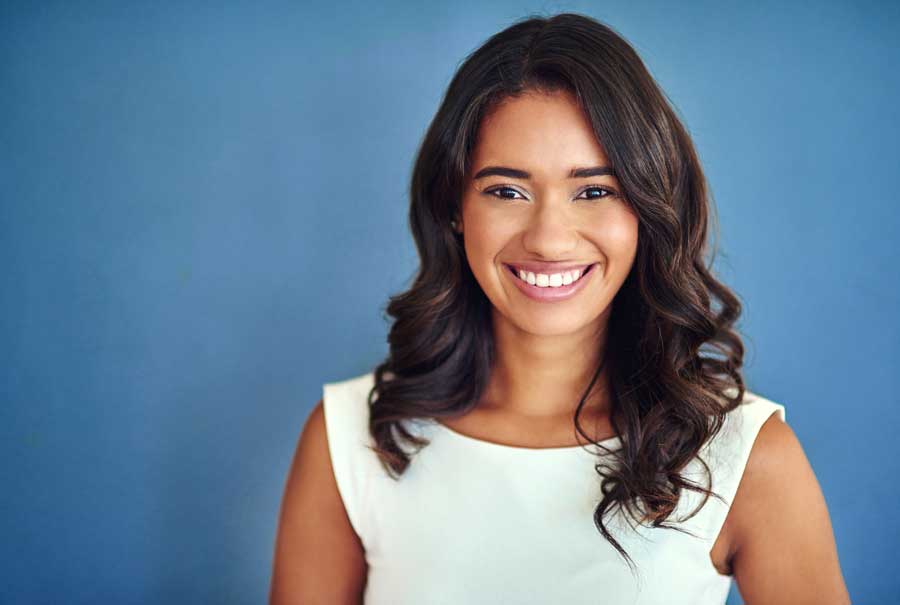
II. Demystifying Headshots
Navigating the world of professional headshots can sometimes feel like deciphering an ancient script. Let’s break it down, shall we?
A. General Considerations
1. What is Considered a Headshot? (Framing and Composition)
At its essence, a headshot is a tight-framed, professional photo that focuses primarily on your face. The composition—how you’re placed within the shot—plays a pivotal role. Ideally, your head and shoulders are framed against a simple, non-distracting background. This ensures that the focus is squarely on you. Proper framing highlights your features and communicates your professional demeanor without the need for words.
2. Is a Selfie Okay for a Headshot? (Pros and Cons)
In the age of smartphones, the selfie has become a ubiquitous form of self-expression. But does it cut the mustard as a professional headshot? Well, it’s complicated. On the plus side, selfies are quick, easy, and can be retaken until you get just the right angle. However, they often lack the quality and professional touch of a dedicated headshot. Lighting can be hit or miss, and finding the right background is a challenge. Selfies may suffice in a pinch or for less formal uses, but for a polished, professional image, they fall short.
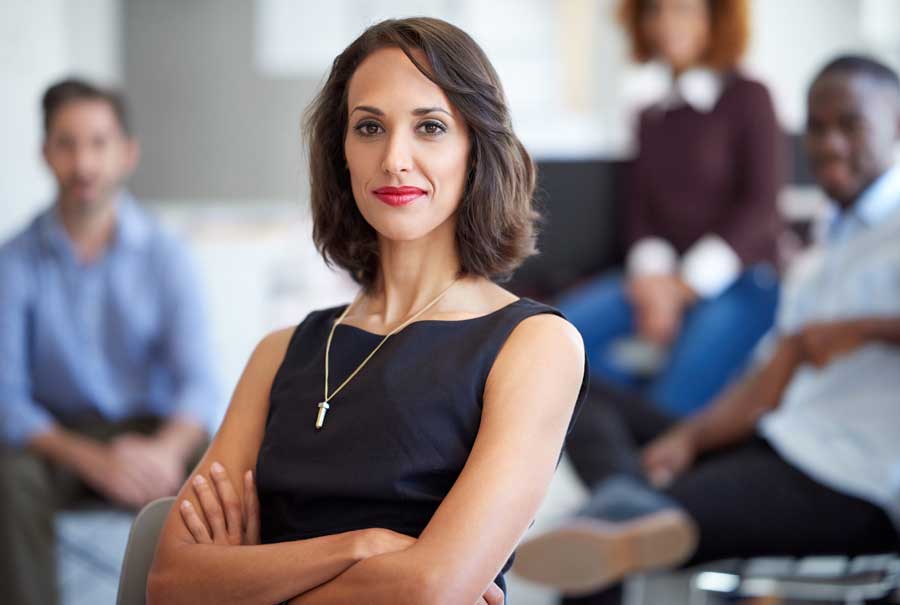
B. Choosing the Right Headshot (Based on Use Case)
1. Professional Use (LinkedIn, Website, etc.)
- Expression and Smile: Your expression is your silent greeting. A genuine smile that reaches your eyes can make you appear approachable and confident. However, the intensity of your smile should match your profession—a lawyer might opt for a more subdued smile than a salesperson, for example.
- Attire and Background: Dress for the job you want, not the job you have. Your attire should reflect the norms of your industry, leaning towards the conservative side if in doubt. As for the background, simplicity is key. A neutral or soft-colored backdrop that doesn’t distract from the main subject—you—is ideal.
2. Entertainment Industry (Acting, Modeling)
- Headshot Types (Head and Shoulders, Three-Quarter): Actors and models often need a variety of headshots to showcase different facets of their versatility. A head-and-shoulders shot is great for close-ups, while a three-quarter shot, which includes the torso and extends to just above the waist, offers a broader canvas to convey personality and style.
- Color vs. Black and White: The debate between color and black and white headshots is ongoing. Color shots are vibrant and depict you in a more realistic manner, which is often preferred today. However, black and white photos can be timeless, focusing on contrast and depth without the distraction of color. The choice largely depends on the requirements of the casting director or agency.
Understanding the nuances of headshots is the first step in leveraging this powerful tool. Whether it’s projecting the right image on professional platforms or making a striking impression in the entertainment industry, the right headshot can indeed be a career catalyst.

III. Creating a Great Headshot
Crafting a headshot that resonates with your professional persona doesn’t happen by chance. It’s an art—a blend of technical savvy, aesthetic vision, and a dash of personality. Whether you’re venturing into DIY territory or deciding to hire a professional, here’s what you need to know to make that headshot shine.
A. Taking Your Own Headshot (DIY Guide)
Technical Considerations (Lighting, Camera Settings):
Lighting can make or break your headshot. Natural light is your best friend, offering a flattering, soft illumination. Position yourself near a window where indirect light brightens your features without harsh shadows. As for camera settings, if you’re using a DSLR, a low f-stop number (like f/2.8) will keep your face sharp while softly blurring the background. Smartphone users, fear not: Portrait mode is designed to mimic this effect.
Posing and Framing (Head Tilt, Space, Shoulders, Glasses, Hairstyle):
Your pose is the silent narrative of your headshot. A slight tilt of the head can convey approachability, while keeping your shoulders squared to the camera suggests confidence. Ensure there’s a little space above your head in the frame—too tight, and you’ll feel boxed in; too much, and it’s wasted space. Wear glasses? Avoid glare by slightly tilting them down. As for your hairstyle, it should look professional and neat, reflecting your everyday appearance.
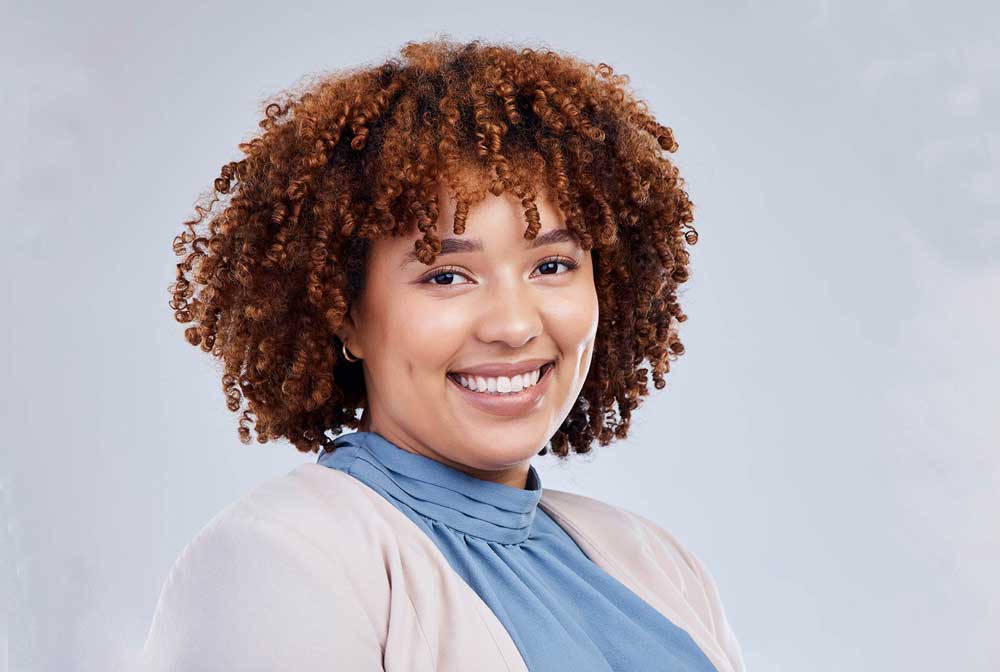
B. Hiring a Professional Photographer (Benefits and Costs)
Benefits:
The leap from DIY to professional photography is like moving from a sketch to a masterpiece. A professional photographer brings an expert eye for lighting, framing, and detail that most of us simply don’t possess. They’ll guide you through poses, expressions, and adjustments that flatter your unique features, using high-quality gear and editing software to polish the final product. The result? A headshot that looks effortlessly professional, capturing your best self.
Costs:
Investing in a professional headshot can be just that—an investment. Costs vary widely depending on the photographer’s experience, the session length, and the number of edited shots you receive. Prices can range from $100 dollars to $800 dollars for top-tier photographers. However, when considering the impact a stellar headshot can have on your career trajectory, many find the expense justifiable.
Creating a great headshot, whether through a DIY approach or by hiring a professional, requires intention and attention to detail. By mastering the technical and aesthetic aspects of headshot photography, you’re not just taking a picture; you’re crafting a key component of your professional brand.

IV. Maintaining Your Headshot Presence
In the dynamic landscape of professional careers and personal branding, maintaining your headshot presence is not a set-it-and-forget-it affair. It’s an evolving process that requires regular attention and occasional reinvention. Let’s explore how to keep your headshot fresh and relevant.
A. Updating Your Headshot (Regularity and Reasons)
Regularity:
The general rule of thumb is to update your headshot every one to two years. This frequency ensures that your photo keeps pace with your professional growth and any significant changes in your appearance. Consistently updating your headshot also signals to potential employers and colleagues that you value professionalism and are proactive about your personal brand.
Reasons:
- Career Changes: If you’re pivoting to a new industry or role, your headshot should reflect the image and ethos of your new path.
- Appearance Changes: Significant changes in your appearance—like a new hairstyle, weight loss, or glasses—warrant a new photo to ensure that people can easily recognize you.
- Aging: As time passes, we all change. An up-to-date headshot prevents the jarring disconnect between your online image and your current self.
- Branding Updates: Refreshing your headshot can be part of a broader effort to update your personal or professional brand, aligning your visual identity with your evolving goals and values.
B. Alternatives to Traditional Headshots (Online Generators, Considerations)
In a world where digital innovation continues to blur the lines between the real and the virtual, alternatives to traditional headshots are emerging.
Online Generators:
Technological advancements have given rise to online tools capable of generating professional-looking headshots without a photoshoot. These platforms often use AI to enhance photos, change backgrounds, or even create entirely new images based on input parameters. While convenient and increasingly sophisticated, these tools come with considerations.
Considerations:
- Authenticity: Ensure that any enhancements or changes still reflect your true appearance. Over-editing can lead to trust issues if your online image doesn’t match your real-life appearance.
- Quality: While technology is impressive, it’s not foolproof. Evaluate the output critically to ensure it meets professional standards.
- Personalization: One risk of using generative tools is ending up with a headshot that lacks uniqueness. Personal touches that convey your personality might be lost.
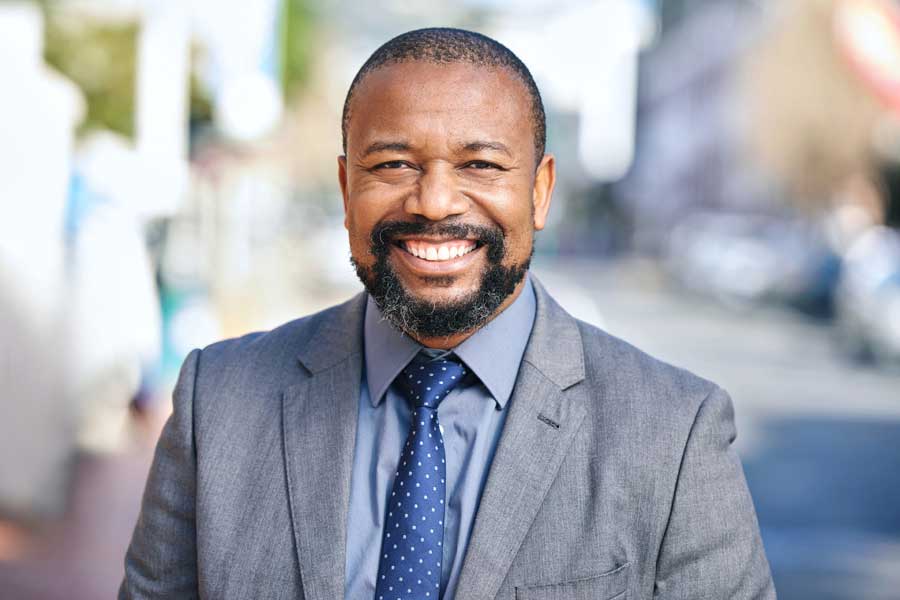
V. Why a Professional Headshot Editor better than Ai edit?
The Rise of AI in Photo Editing
Artificial intelligence has revolutionized the way we approach photo editing, promising quick fixes and results with just a few clicks.
The Frustration with AI-Generated Headshots
However, for those seeking a truly personalized and professional touch, AI-generated headshots often fall short of expectations. While AI algorithms can certainly enhance certain aspects of an image, they lack the nuanced understanding of human emotion and expression that is essential for creating authentic and compelling professional headshots.
Understanding the Limitations of AI Editing
One of the primary drawbacks of AI headshot editing is the loss of authenticity. While algorithms excel at certain technical tasks, such as color correction and blemish removal, they often struggle to capture the subtle nuances of human expression. As a result, AI-generated headshots can appear stiff, unnatural, and devoid of personality.
Furthermore, AI editing tends to prioritize perfection over authenticity, leading to overly airbrushed and unrealistic images that fail to accurately represent the individual being photographed. This cookie-cutter approach to headshot editing results in a homogenized aesthetic that lacks the individuality and character of professional headshot photography.
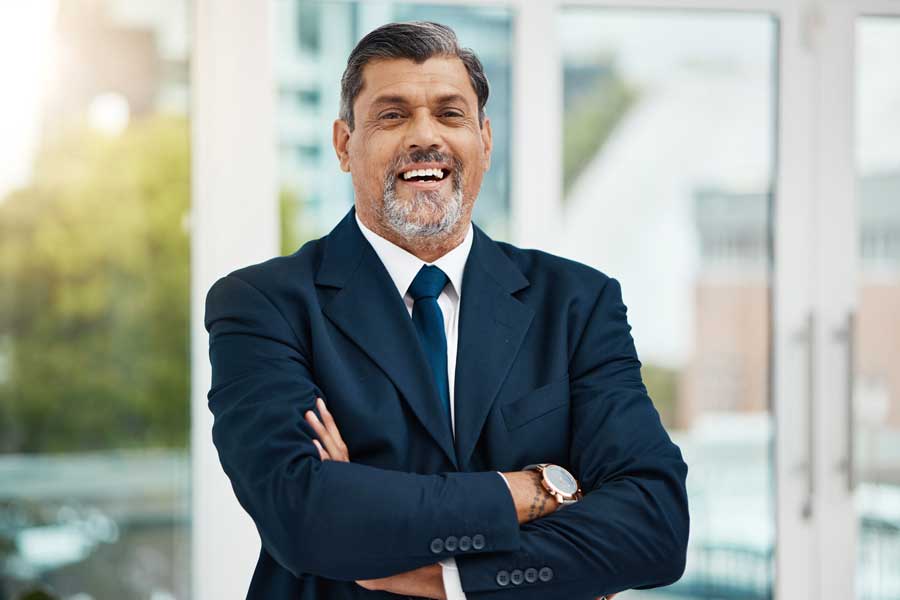
VI. The Importance of a Professional Headshot Editor
This is where the expertise of a professional headshot editor becomes invaluable. Unlike AI algorithms, a professional headshot editor bring a human touch and an understanding of artistic vision to the editing process. They take the time to understand their clients’ unique needs and preferences, working closely with them to achieve a personalized look and feel for their headshots.
Professional headshot editors also pay meticulous attention to detail, ensuring that every aspect of the image is carefully crafted to highlight the individual’s best features while preserving their authenticity. From subtle adjustments to lighting and composition to fine-tuning facial expressions and poses, professional editors go above and beyond to create headshots that truly stand out.
VII. Choosing the Right Professional Headshot Editor
When selecting a professional headshot editor, it’s essential to do your research and find a reputable provider with a proven track record of delivering exceptional results. Look for editors who have experience working with clients in your industry and who specialize in the type of headshots you’re looking to create.
Additionally, take the time to review online portfolios and client testimonials to get a sense of the professional headshot editor‘s style and level of satisfaction among past clients. Clear communication is also key when working with a professional headshot editor, so be sure to articulate your vision and objectives clearly and openly.
How We Helped an E-commerce Brand Increase Sales by 35% with Professional Retouching
When it comes to e-commerce, first impressions are crucial. A shopper’s decision to click “Add…
How to Use Ghost Mannequin Photography to Showcase Your Apparel Products
Empowering Success TogetherHow to Use Ghost Mannequin Photography to Showcase Your Apparel ProductsWe provide comprehensive…
Spring Fashion 2025: The Hottest Colors to Wear
Empowering Success TogetherSpring Fashion 2025: The Hottest Colors to WearWe provide comprehensive solutions and support…
Real Estate Photo Remote Editing: The Ultimate Guide to Enhancing Property Images
Empowering Success TogetherReal Estate Photo Remote Editing: The Ultimate Guide to Enhancing Property ImagesWe provide…
DIY vs Professional Ecommerce Photo Editing: Which is Right for You?
Empowering Success TogetherDIY vs. Professional Ecommerce Photo Editing: Which is Right for You?We provide comprehensive…
The Best Impact of White Backgrounds on Ecommerce Product Photography
Empowering Success TogetherThe Best Impact of White Backgrounds on Ecommerce Product PhotographyWe provide comprehensive solutions…




